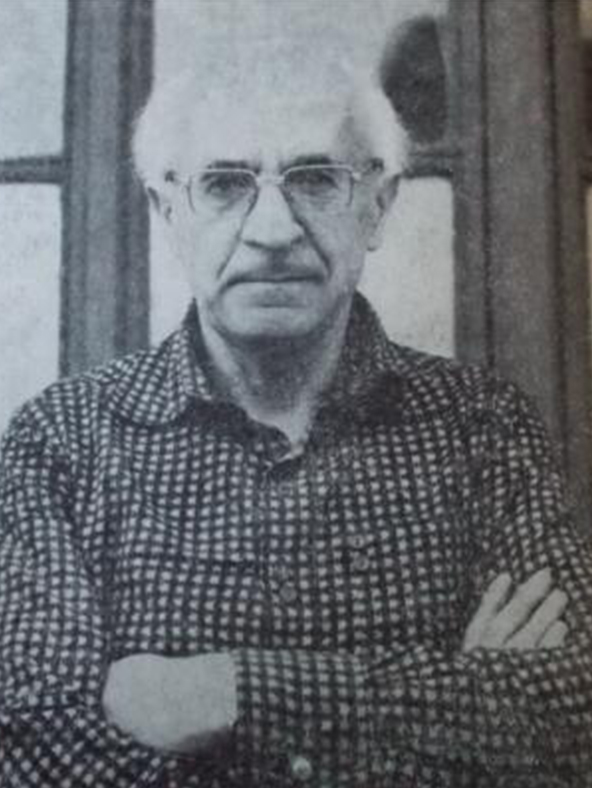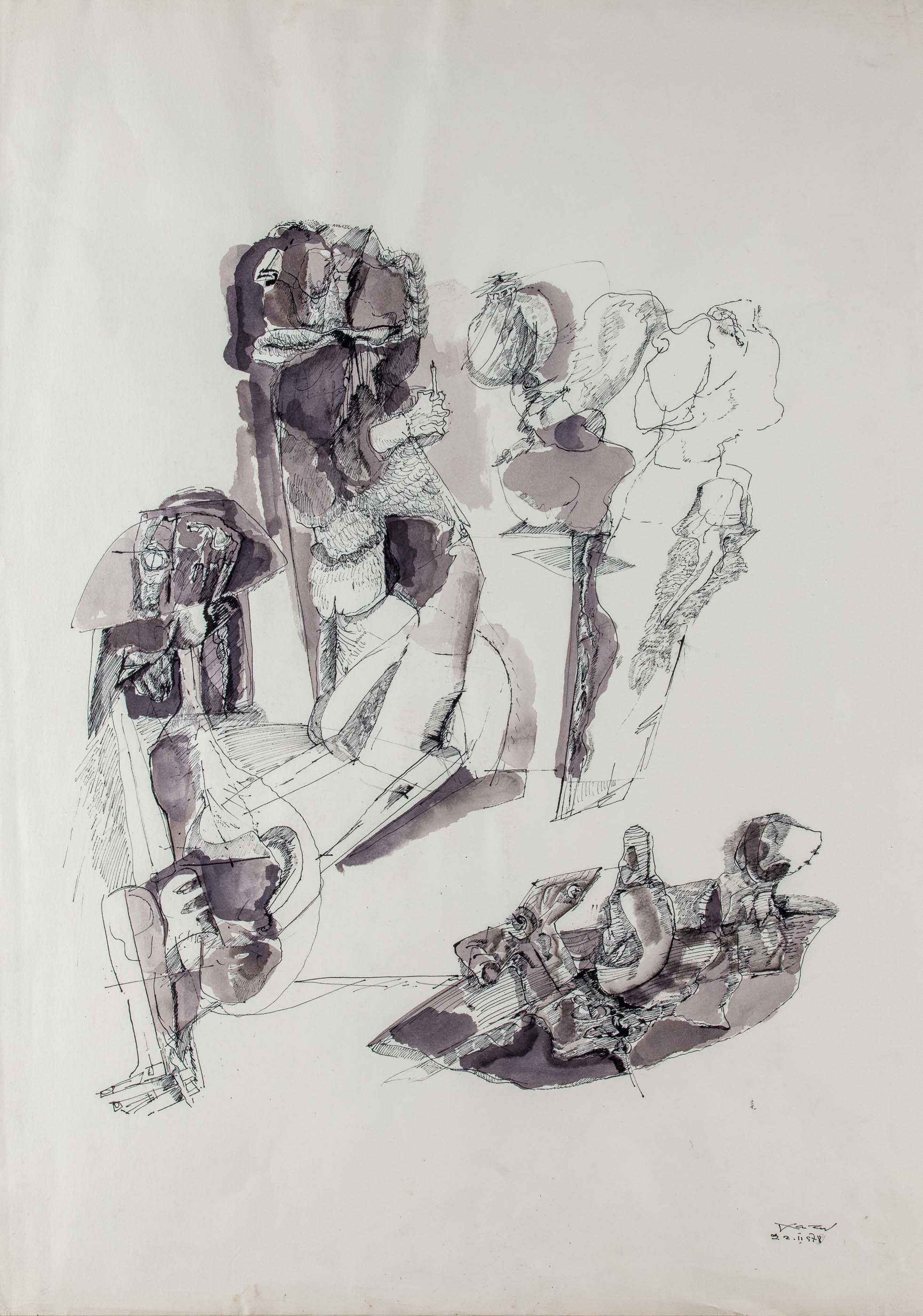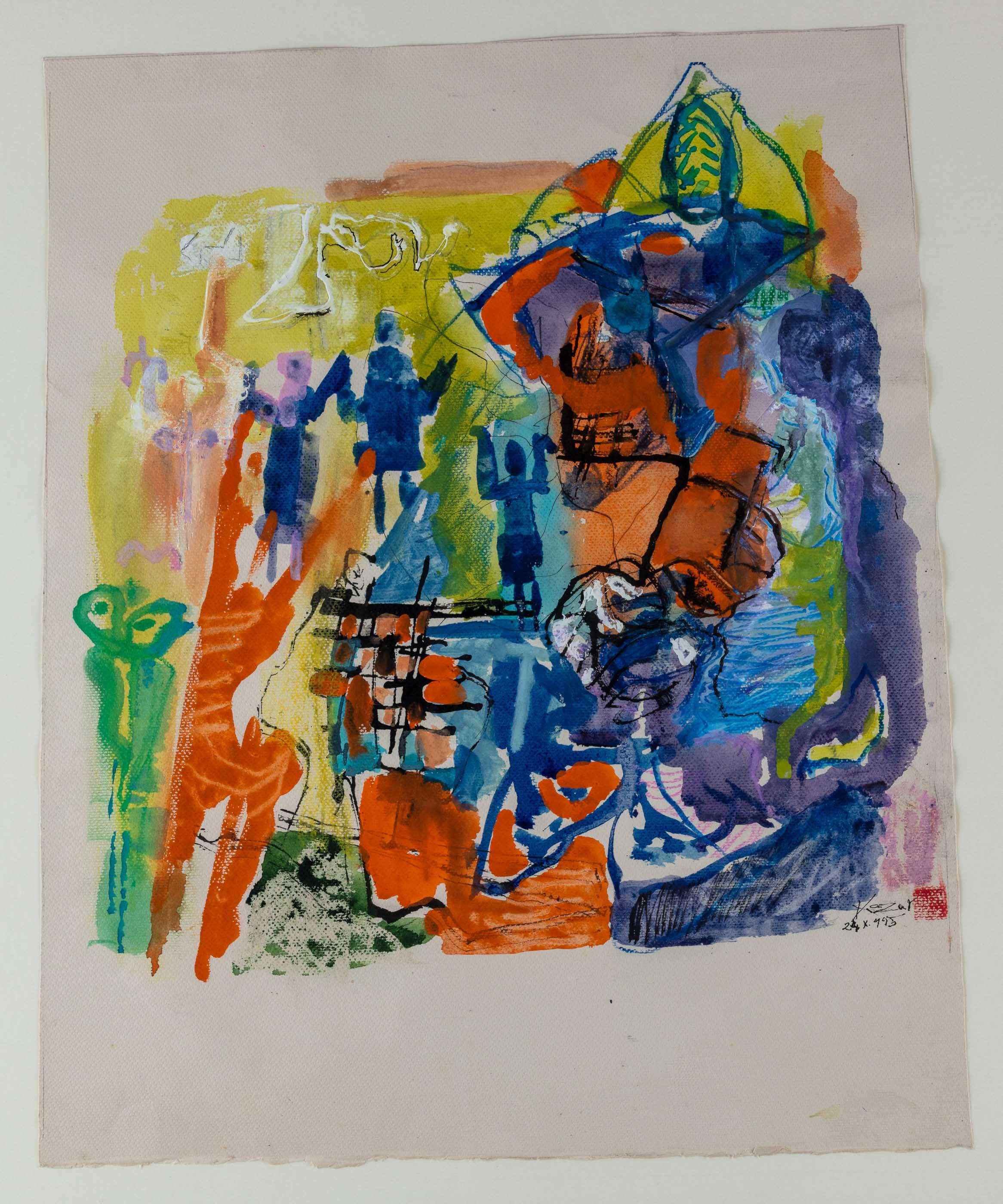Vasile Kazar

Sighet, 1913 - Bucharest, 1998
The Life
Vasile Kazar, otherwise known as Katz László, was born into a wealthy Jewish family with an intellectual background. He grew up pursuing an artistic career before being deported to a labor camp in Auschwitz.
The Art
He made his debut in art with wood and linoleum engraving, later becoming one of the brand personalities of contemporary Romanian graphics.
Where it all started
It started in a Sanatorium in Switzerland where for two years, had to be committed due to health issues.
During this time, he began experimenting with wood and linoleum engraving, which in 1930 had the opportunity to exhibit in Cluj. This small break from life kindled his love for art, driving him to pursue his artistic studies at the Free School of Painting in Baia Mare. He continued learning in Budapest and in 1938 at the Academy de la Grande Chaumiere in Paris.
One man's life is another man's art
Like other contemporaries of his, animated by the political effervescence of 1930s Paris, he started producing and periodically publishing works with a social theme.
The harsh life of the peasants was a subject that deeply moved Vasile Kazar; in 1942 he organized a personal exhibition in Budapest, with his take on the interbelic era and the toll it took on the lives of many.
From creating to teaching and back again
In 1944, Vasile and his family were captured and taken from the Jewish ghetto in Sighet to a forced labor camp in Auschwitz. He was the only survivor. After taking back his life, and now as a catholic convert, Kazar moved to Bucharest in 1950. There he became the lecturer and later on, the professor of the Graphics Department of Nicolae Grigorescu Institute of Fine Arts, until 1976.
His diverse creation contains a series of book illustrations (works signed by Rainer Maria Rilke, Mateiu Caragiale, and Catullus), as well as hundreds of drawings that render a mythical and surreal atmosphere. During the 1960s, he formed his graphic language, thus becoming one of the brand personalities of contemporary Romanian graphics. Disillusioned by the failure of the communist regime, he found artistic solutions in a defining abstract graphic for the 1970s.
He died in Bucharest in 1998.


